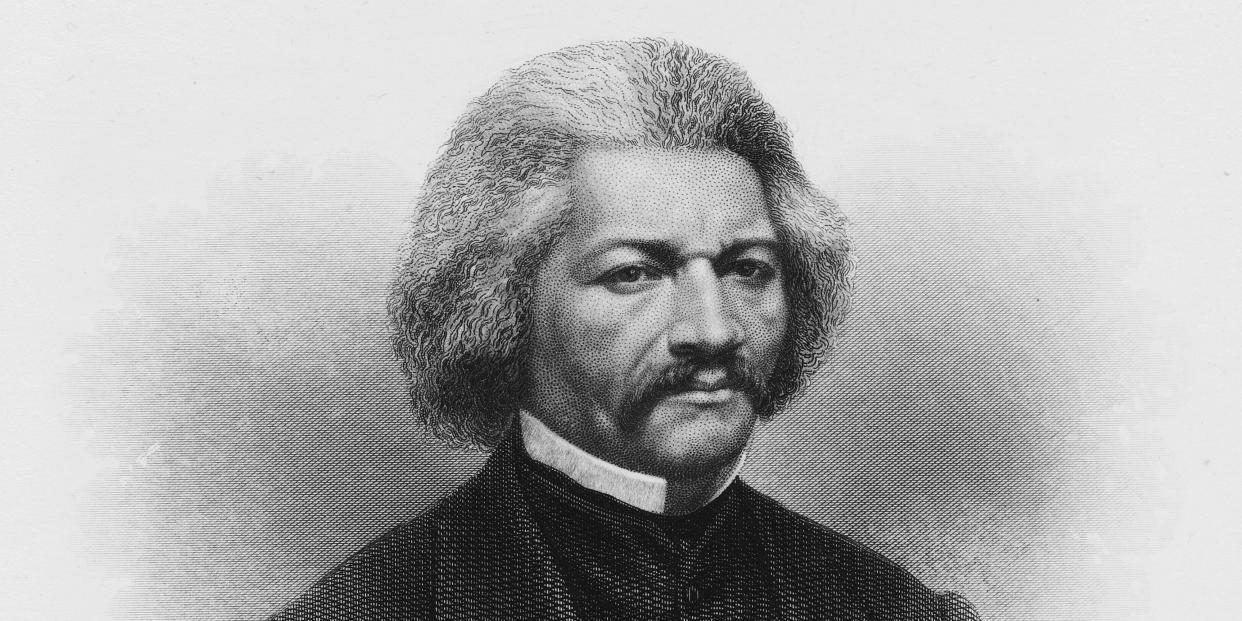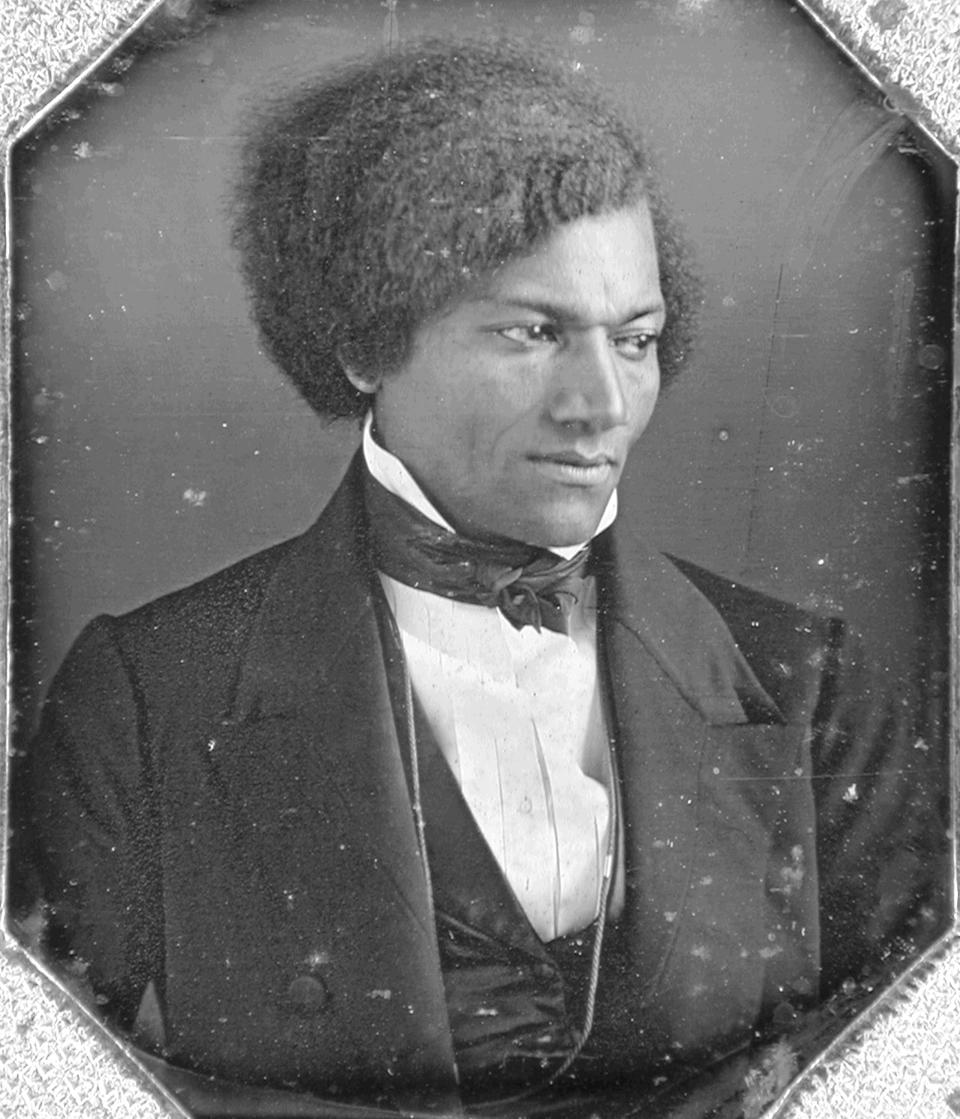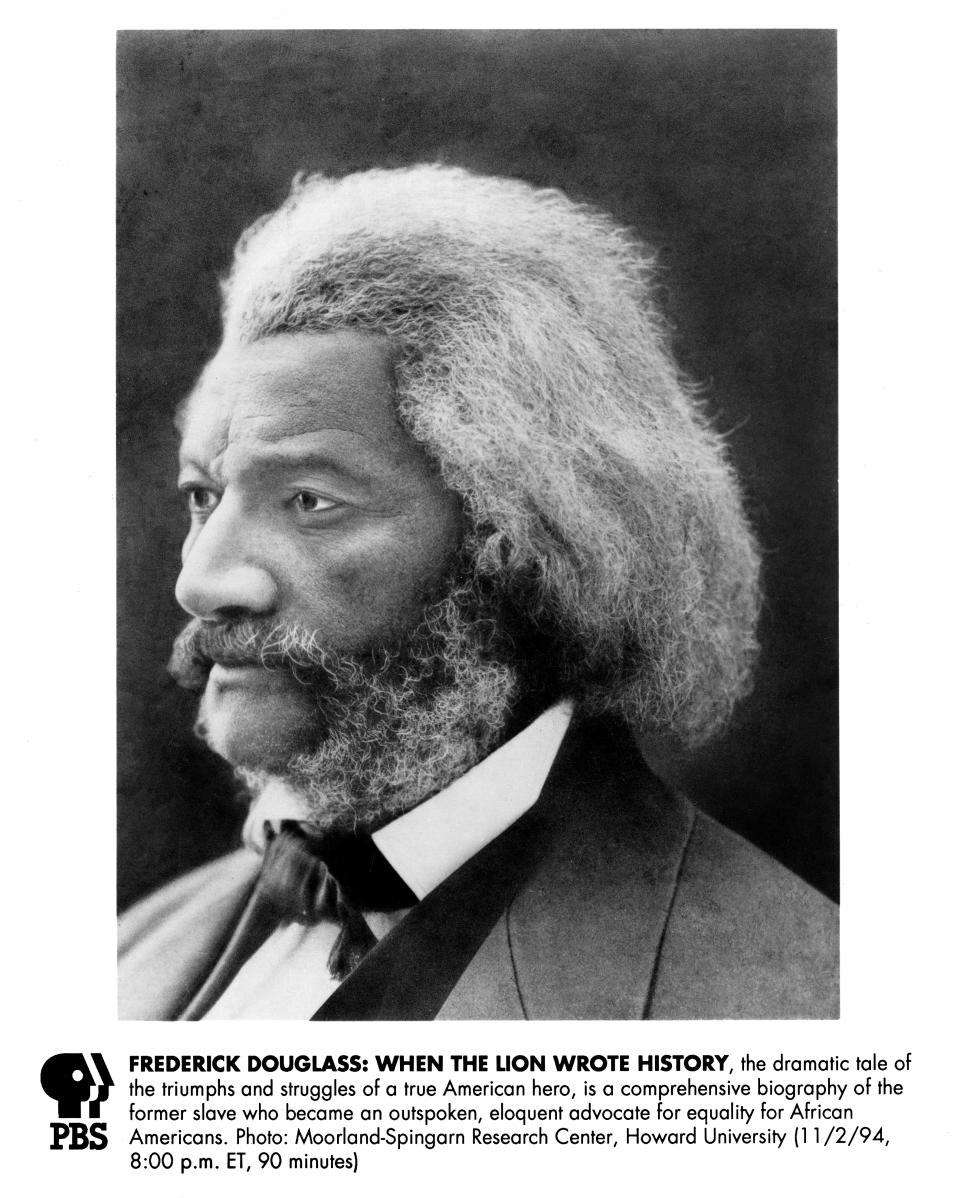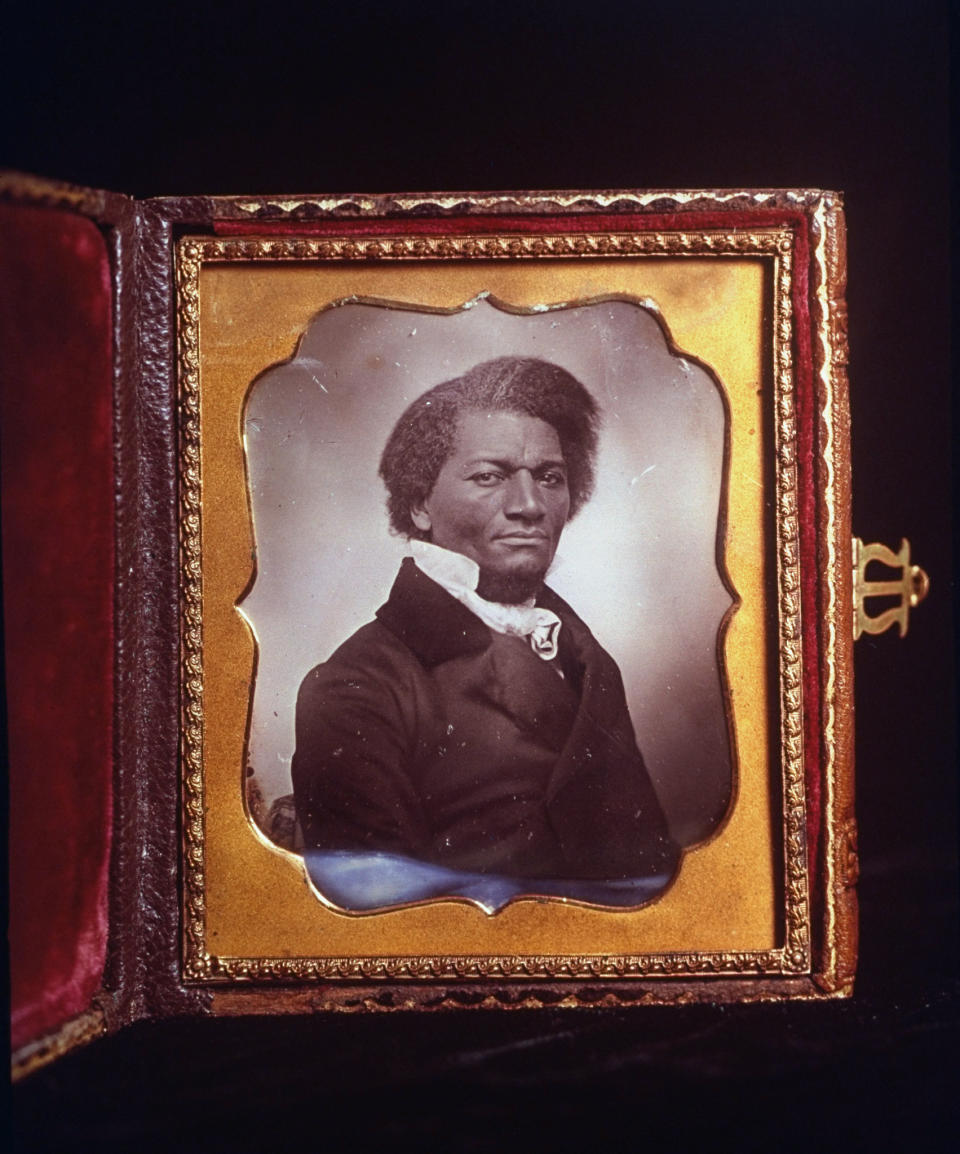Happy Birthday to Frederick Douglass, the Most Photographed American of the 19th Century

At a breakfast to kick off African-American History Month a few weeks ago, President Trump described Frederick Douglass as "someone who has done an amazing job that is being recognized by more and more people."
As many have noted, it was a peculiar way to describe the 19th-century abolitionist, and one that had many questioning whether Trump knew that Douglass had been dead for more than a century.
Today, on Douglass's adopted birthday-as is common with many former slaves, the exact year and date of his birth are unknown, but later in life he chose to celebrate on February 14-we're taking a look at one of his lesser-known accomplishments. In addition to his work as an abolitionist, an advocate for women's rights, a newspaper editor, and a politician, he was also the most-photographed American of the 19th century.
Douglass sat for upwards of 160 portraits in his lifetime with photographers, male and female, black and white. The abolitionist saw photography as an unbiased art form, and used it to fight the stereotypical depictions of slaves and free blacks in America, according to John Stauffer, co-author of Picturing Frederick Douglass: An Illustrated Biography of the 19th Century's Most Photographed American,
"He believed in the camera's truth value-that even in the hands of a racist white, the camera will not lie. Thus, it was a wonderful critique or counter to the proliferation of racist caricatures, particularly in blackface minstrelsy," Stauffer told NPR.
"He did not want to be portrayed as a happy slave. The smiling black was to play into the racist caricature. And his cause of ending slavery and ending racism had the gravity that required a stern look," Stauffer continued. "He tended to confront the viewer, look directly into the camera. And so it was a confrontational pose that countered what most photographic manuals instructed the photographer-to position the sitter in a visionary gaze so that you looked up or beyond the camera, looking far away."
According to the New York Times, Douglass wrote multiple times about the "moral and social influence" of photography, expressing how he saw the innovation of the camera as tool of equality.
"The humblest servant girl may now possess a picture of herself such as the wealth of kings could not purchase 50 years ago," Douglass wrote. Indeed, Queen Victoria was one of the few individuals in the world with more portraits taken during the 1800s.
See a few of Douglass's photographs, which are now sought by collectors, libraries, and museums below:



You Might Also Like

